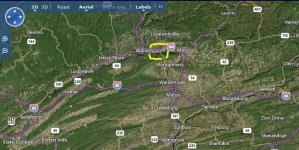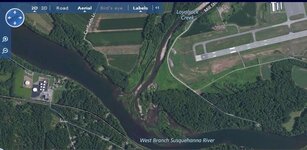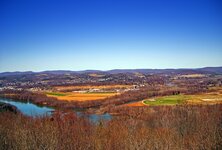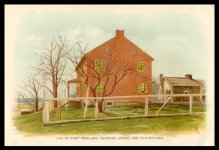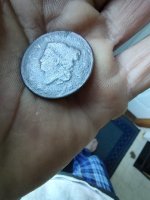the Tradition of the Cannon Hole at the Race Ground Island, in the West Branch,of the Susquehanna river as told the English by the Indians after peace, was that a party of French and Indians had left the lake country in the fall of 1756 to make permanent advance to the forks of the Susquehanna, bringing along three small brass cannon. Striking the headwaters of the Susquehanna (West branch), they descended by water to about the mouth of Loyal Sock creek, where, landing, they sent a reconnoitering party to the top of the Blue hill overlooking the forks and Fort Augusta, then partially built. Seeing the advancement of the fort and the number of men guarding it, considered it imprudent to attack and so reported to the main body who after consultation, decided to return; as the water was falling, finding themselves encumbered with their cannon, they threw them in the deep pot hole, or eddy, at the upper end of the old time race ground island, which has been known as the Cannon Hole ever since. Fort Augusta continued on the alert for French aggressions until some time after the capture of Quebec by Wolf in 1759, which virtually decided the control of the Canadas and, of course, of the Indian allies of the French.
Fort Augusta at Sunbury, Pennsylvania
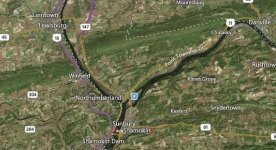
Fort Augusta at Sunbury, Pennsylvania




